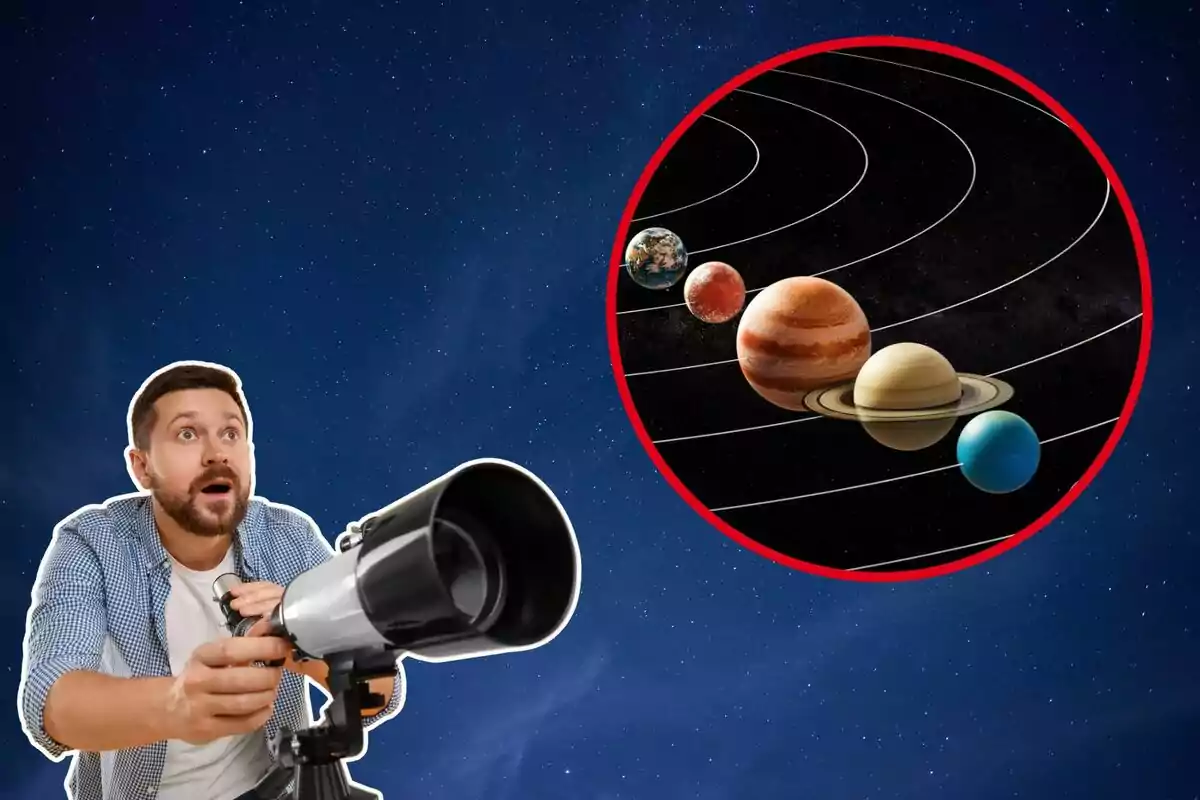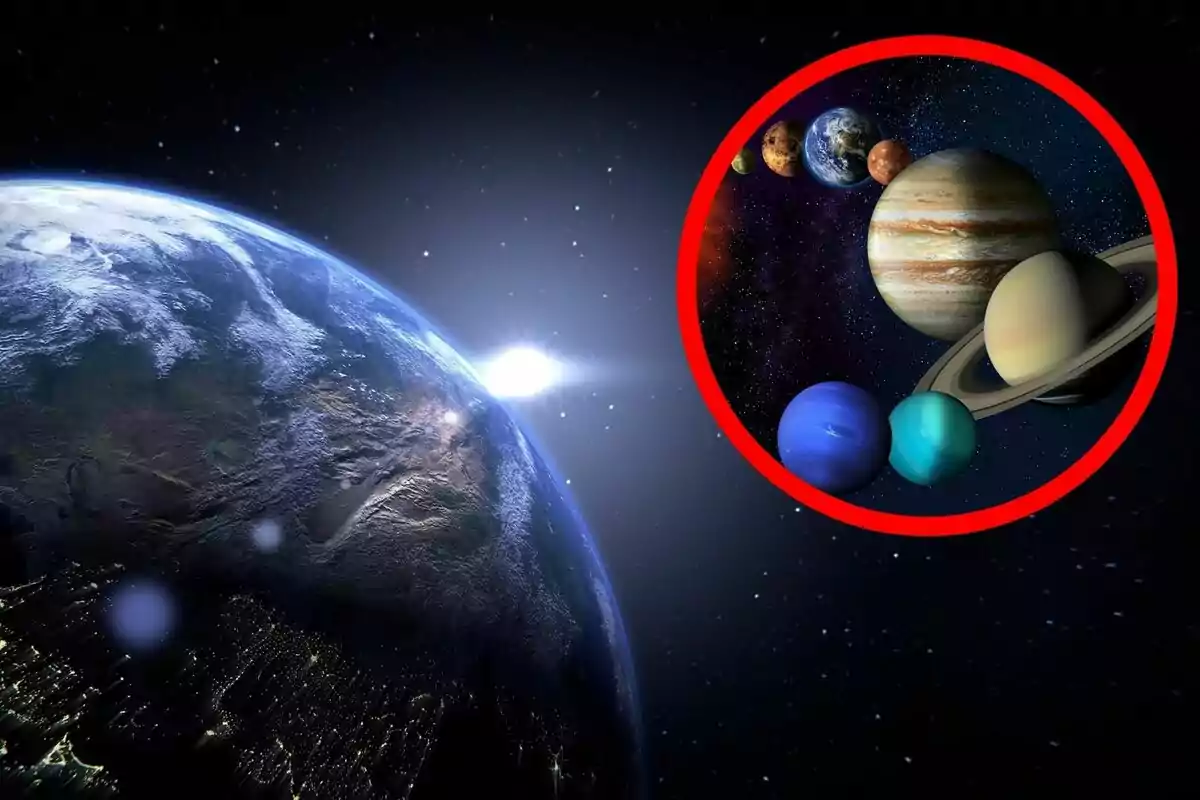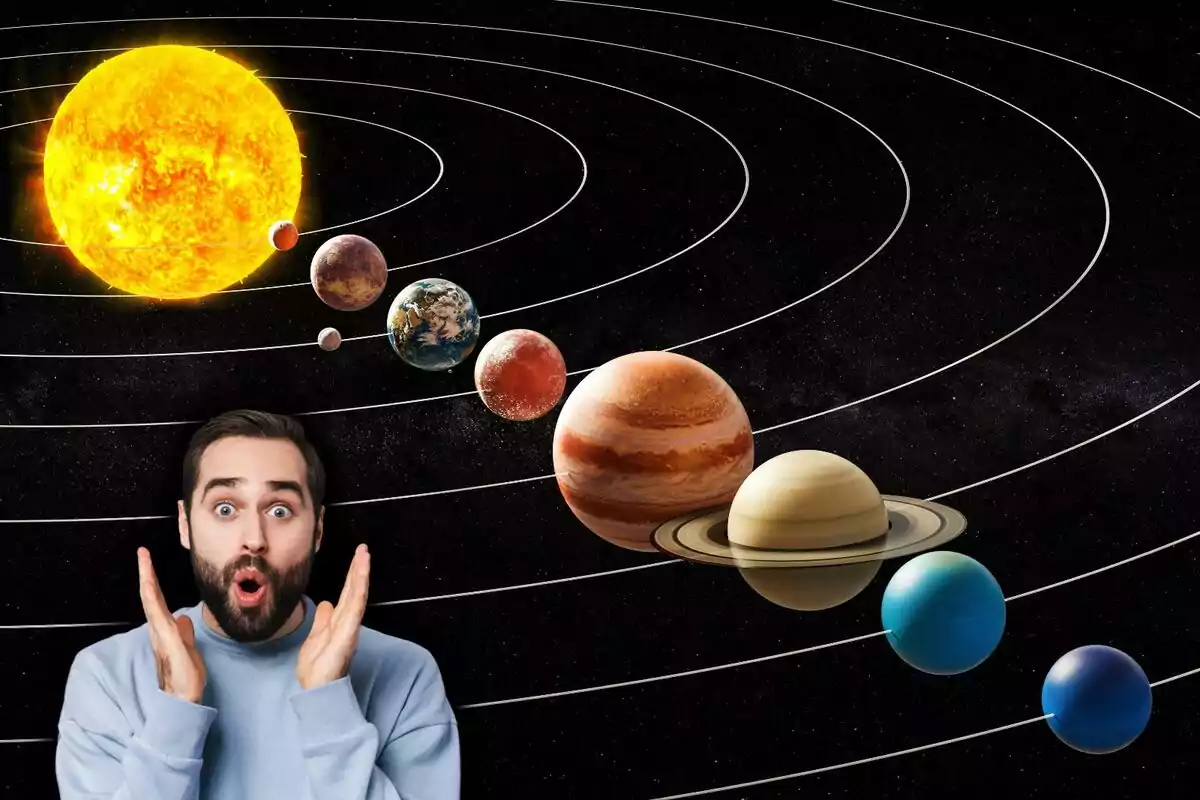
Gliese 12 b, the Planet Found Near Earth that Changes Everything
Gliese 12 b, a Discovery That Could Have Major Implications for Future Space Research
In the constant search for Earth-like exoplanets, a new discovery has caught attention. A planet close to our solar system could offer key clues about habitability on other worlds. This finding, the result of an international collaboration, opens new possibilities in astrobiology.
This planet, called Gliese 12 b, orbits a cool red dwarf. It is located in the habitable zone of its star, making it a promising target for research. But what makes it so special and what could change our understanding of space?

An Exoplanet with Unique Potential for Research
Gliese 12 b is a mid-sized exoplanet, between Earth and Venus. Its diameter is slightly smaller than Earth's, and its surface temperature is around 107.6°F (42°C), according to National Geographic. This temperature depends on whether the planet can maintain an atmosphere and its composition.
The research was based on data obtained by NASA's TESS satellite, as well as ground-based telescopes like CARMENES and MuSCAT2. Using the transit method, scientists observed periodic oscillations in the light of the star Gliese 12. This allowed them to determine its size and other characteristics, making it the closest temperate exoplanet discovered with this technique.
The planet Gliese 12 b orbits its star every 12.8 days, at a distance that is only 7% of the distance between Earth and the Sun. This means it receives more energy from its star than Earth does from the Sun, which could influence its habitability. Despite being so close, the red dwarf star is much less active than others, which could benefit Gliese 12 b.

The Analysis of Gliese 12 b's Atmosphere and Its Promising Future
A crucial aspect for the habitability of a planet is its atmosphere; this is precisely the area that scientists want to study more thoroughly on the planet Gliese 12 b. Although red dwarfs are usually magnetically active, Gliese 12 shows no signs of extreme behavior. This makes the planet more likely to have a stable atmosphere.
With the capabilities of the James Webb Space Telescope, researchers will be able to analyze the chemical fingerprints in Gliese 12 b's atmosphere. This process involves studying the starlight that passes through the planet's atmosphere, allowing the identification of the molecules present. This information is key to understanding the environmental conditions and the possibilities of life on the planet.
The recent discovery of Gliese 12 b not only expands our knowledge about habitability in other systems but also opens new doors for space research. The combination of space and ground-based telescopes provides a level of detail that could change our perception of the universe. This finding represents a significant advancement in the search for habitable planets and could offer new revelations about the cosmos in the coming years.
More posts: